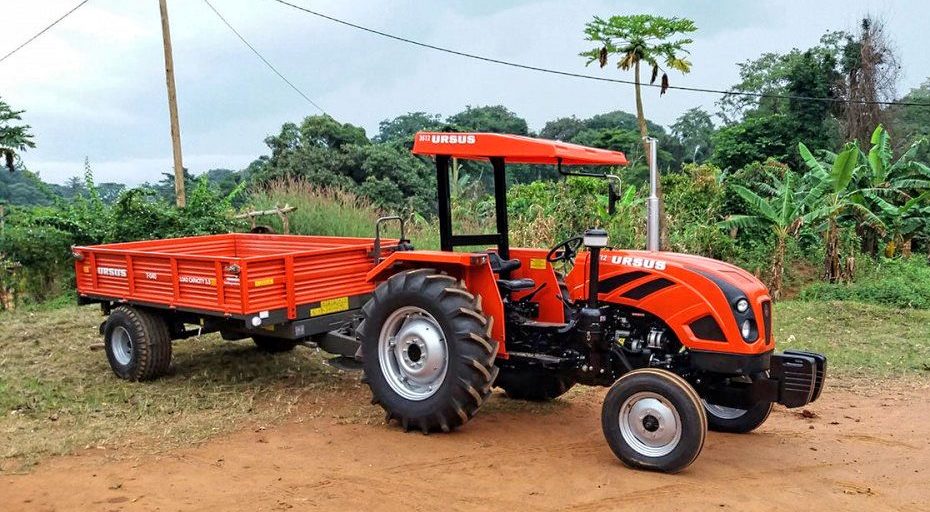This was not always entirely fair. Zetor, for instance, was innovative and in some ways quite advanced. It introduced four-wheel-drive as a factory fitted option on general farm tractors 20 years before Ford got round to doing so with the TW series.
Various attempts to penetrate western markets by other makes such as Ursus, Belarus and IMT failed to make any great impact, with only a few being sold on an irregular basis, engendering concern over aftersales service.Eastern Bloc companies in trouble
IMT finally shut its doors in 2016 due to poor sales and lack of investment in its Serbian factory. It was purchased from bankruptcy in 2018 by the Indian company, TAFE, which proposed a modest output of 1,000 Massey Ferguson lookalikes a year.
Left behind by western tractors
If Eastern Bloc tractors were considered slightly backward towards the end of the 20th century, then the rapid expansion of digital technology has left them gasping in this one. Dr. Navrotsky outlines the issues facing machines from the Kharkiv factory:Outdated production technologies, inefficiency, inconvenience, unreliability and imperfect ergonomics - lead to their complete or partial unsuitability for modern precision farming technologies, where satellite navigation is widely used for the optimisation of application of materials, fertilisers and plant protection products using computer technology."This is a pattern which would appear to be applicable in various degrees to all the Eastern Bloc manufacturers.
To make matters worse, foreign investment to bring both product lines and production facilities up to date, has not been forthcoming.
Instead, it has been up to the manufacturers to buy in western technology. Both Ursus and Zetor power their top models with a Deutz six-cylinder engine and Ursus also uses a ZF transmission on its flagship C-3150.Digital technology required
The rationale behind western companies' reluctance to get involved is not too hard to find. Dr. Navrotsky points to the importation of used tractors from the west which had an average price of $56,000 for models of around 175hp. A new Kharkiv equivalent is the same price, but without the sophistication. And sophistication on higher horse power tractors is in demand.
The road ahead
In a bid to avoid a complete meltdown of the Ukrainian tractor manufacturing industry, Dr. Navrotsky recommends two critical paths of action.The first is the acquisition of modern foreign technologies, including assembly methods, which will increase efficiency of the tractors and their production. This, he believes, will boost the attractiveness of the indigenous product.
The second is to concentrate on developing the quality and reducing the price of lower-powered tractors which do not require the latest electronics to satisfy the smaller farmer. Such action will also stave off competition from China, which is seen as just as great a threat to the industry as outdated models.
Unfortunately for the manufacturers of the old Soviet empire, they have not been able to keep up due to the lack of a home market, vital to any company. Yet this is changing, but the unit numbers are small and investment funds scarce.
They would, at best, hope to stay in business by satisfying the more basic end of the market. However, this is not where a growing number of farmers, from both sides, are buying their machinery.
